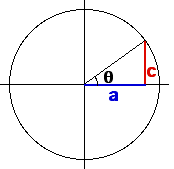 |
tan(theta) = c/a | 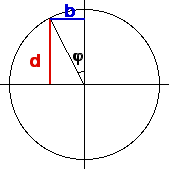 |
tan(phi) = -b/d |
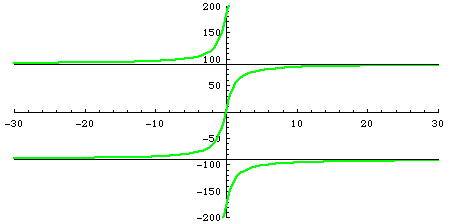
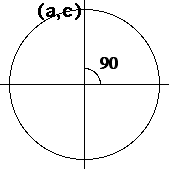 | 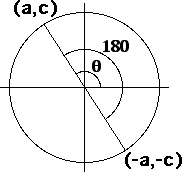 |
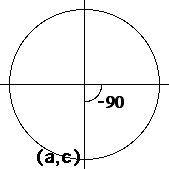 | 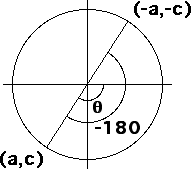 |
| If |
If |
If |
If |
| If |
If |
If |
If |
If |
| Recall the angles theta and phi are defined by | ||||||||
| ||||||||
| Because arctan is single-valued between -90 and 90, theta = arctan(c/a) and phi = arctan(-b/d) defines the angles in that range. | ||||||||
 | ||||||||
| By considering the signs of a and c, we can extend the range of theta to | ||||||||
| ||||||||
| A similar analysis gives | ||||||||
|
Return to Convering to IFS Parameters.